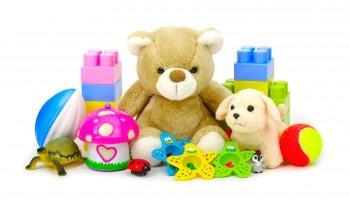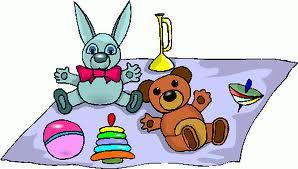
As early intervention has gained popularity and importance over the last few years, young children are being more frequently diagnosed. It is now not uncommon to hear of 2 and 3 year old’s of getting a diagnosis, whereas only a few years ago the diagnosis age was closer to 5 or 6! As a result, the field of ABA is having to take a second look at intervention strategies and what we might do to give our clients a better chance at a meaningful (and social) life later on.
One of these new issues that I see happening frequently, is a young child’s inability to play with toys in a meaningful way. I have had many parents approach me with their young child and say in exasperation, “Why won’t Johnny play with all of the toys that I have got for him? He has so many, why can’t he just find something he likes?”
 To me, the answer is both simple and complex: motivation. For a child who is not able to pick up on social cues, share enjoyment with others, or understand conceptually a clear beginning and end, what’s so exciting about stacking some blocks? More often, a child not only find these things uninteresting, but has adapted ways to use toys that are not functional which separate them from their peers, such as spinning or throwing items.
To me, the answer is both simple and complex: motivation. For a child who is not able to pick up on social cues, share enjoyment with others, or understand conceptually a clear beginning and end, what’s so exciting about stacking some blocks? More often, a child not only find these things uninteresting, but has adapted ways to use toys that are not functional which separate them from their peers, such as spinning or throwing items.
So, back to motivation. How does one tackle the daunting task of “giving” a child motivation if he simply does not care for toys? Here are a couple of strategies :
1. Notice what modalities are usually more reinforcing for your child. Does she like spinning things (visual) or does she enjoy listening to the same Wiggles CD over and over again (auditory)? Other examples of modalities could include tactile or motor. Once you are able to hone in on a preferred modality, you can purchase/expose your child to more age appropriate toys that contain this modality, such as spin art for a “spinner” or Hulabaloo for an auditory child.
2. Meet the child on his level. If your child spends much of his time pushing a car down a ramp, he is exhibiting mostly “cause and effect” play. It is not fair to expect this child to go and play dress up with his friends. Instead, you can facilitate some cause and effect play time with his peers while concurrently teaching higher level play skills during a one on one session with your behavioral therapist.
3. Some children really require extrinsic motivation to get the play and social skills moving, such as a token system or an immediate tangible reinforcer. The child has not yet paired toys with anything motivating, and by providing external reinforcement, you will begin to do so. A caveat here, you MUST fade this out quickly and pay very careful attention that you are in fact pairing toys with reinforcement!
Needless to say, I have been very pleased and impressed with parents who approach me with this need. Understandably, some parents possess a singular focus on increasing language skills in their young children, but miss seeing the need of concurrently teaching social and play skills. But as we know, the very first social interactions that children have with one another is through toys, and as such, teaching play skills proves to be incredibly important.
~Jill
